November 2025 – February 2026 Calendar: A Comprehensive Guide
Related Articles: November 2025 – February 2026 Calendar: A Comprehensive Guide
- Victoria School Holidays 2025 Calendar: A Comprehensive Guide
- 2025-2026 Printable Calendar: A Comprehensive Guide
- 2025 Queensland School Calendar: A Comprehensive Overview
- Free Printable 2026 Calendar: Stay Organized And Plan Ahead
- Blank Calendar October 2025: A Comprehensive Overview
Introduction
With great pleasure, we will explore the intriguing topic related to November 2025 – February 2026 Calendar: A Comprehensive Guide. Let’s weave interesting information and offer fresh perspectives to the readers.
Table of Content
Video about November 2025 – February 2026 Calendar: A Comprehensive Guide
November 2025 – February 2026 Calendar: A Comprehensive Guide

The Gregorian calendar, the most widely used calendar in the world today, is a solar calendar with 12 months and 365 days (366 days in leap years). The months of November, December, January, and February comprise the final four months of the year and the transition from autumn to winter and back to spring. This comprehensive guide will provide an overview of the key events, holidays, and astronomical phenomena occurring during this period.
November 2025
- November 1st (Saturday): All Saints’ Day (observed)
- November 5th (Wednesday): Guy Fawkes Night (United Kingdom)
- November 11th (Tuesday): Veterans Day (United States)
- November 19th (Wednesday): Thanksgiving Day (United States)
- November 26th (Thursday): Black Friday (United States)
- November 27th (Friday): Cyber Monday (United States)
November marks the beginning of the holiday season, with many countries celebrating All Saints’ Day and Veterans Day. In the United States, Thanksgiving Day is a time for family gatherings and feasting, while Black Friday and Cyber Monday signal the start of the holiday shopping season.
December 2025
- December 6th (Saturday): Saint Nicholas Day (observed)
- December 12th (Friday): Feast of Our Lady of Guadalupe (Mexico)
- December 21st (Sunday): Winter Solstice (Northern Hemisphere)
- December 24th (Wednesday): Christmas Eve
- December 25th (Thursday): Christmas Day
- December 31st (Wednesday): New Year’s Eve
December is synonymous with Christmas, a time of joy, giving, and family. The Winter Solstice marks the shortest day of the year in the Northern Hemisphere, symbolizing the return of longer days and the approach of spring.
January 2026
- January 1st (Thursday): New Year’s Day
- January 6th (Tuesday): Epiphany (observed)
- January 17th (Saturday): Martin Luther King Jr. Day (United States)
- January 20th (Tuesday): Inauguration Day (United States)
- January 26th (Monday): Australia Day (Australia)
January is a month of new beginnings, with New Year’s Day representing a time for reflection and resolutions. Martin Luther King Jr. Day honors the legacy of the civil rights leader, while Australia Day celebrates the anniversary of the country’s founding.
February 2026
- February 2nd (Tuesday): Groundhog Day (United States)
- February 12th (Friday): Lincoln’s Birthday (United States)
- February 14th (Sunday): Valentine’s Day
- February 20th (Friday): Presidents’ Day (United States)
- February 28th (Sunday): Mardi Gras (Shrove Tuesday)
February is the shortest month of the year, but it is packed with significant events. Groundhog Day is a whimsical tradition predicting the arrival of spring, while Lincoln’s Birthday and Presidents’ Day honor two of America’s most revered leaders. Valentine’s Day is a celebration of love and romance, and Mardi Gras marks the culmination of the Carnival season before Lent.
Astronomical Phenomena
In addition to the calendar events, the period from November 2025 to February 2026 will witness several notable astronomical phenomena:
- November 13th, 2025: Partial Solar Eclipse (visible in South America, Antarctica, and Africa)
- December 14th, 2025: Geminid Meteor Shower (peaking activity)
- January 4th, 2026: Quadrantid Meteor Shower (peaking activity)
- February 16th, 2026: Penumbral Lunar Eclipse (visible in North America, South America, Europe, and Africa)
These astronomical events offer opportunities to marvel at the wonders of the night sky and connect with the rhythms of the cosmos.
Conclusion
The period from November 2025 to February 2026 is a rich tapestry of cultural, historical, and astronomical events. From the festivities of Thanksgiving and Christmas to the introspection of the Winter Solstice and the anticipation of spring, this time of year is filled with opportunities for celebration, reflection, and wonder. By embracing the spirit of these months and marking the important dates on your calendar, you can create a truly memorable and fulfilling experience.

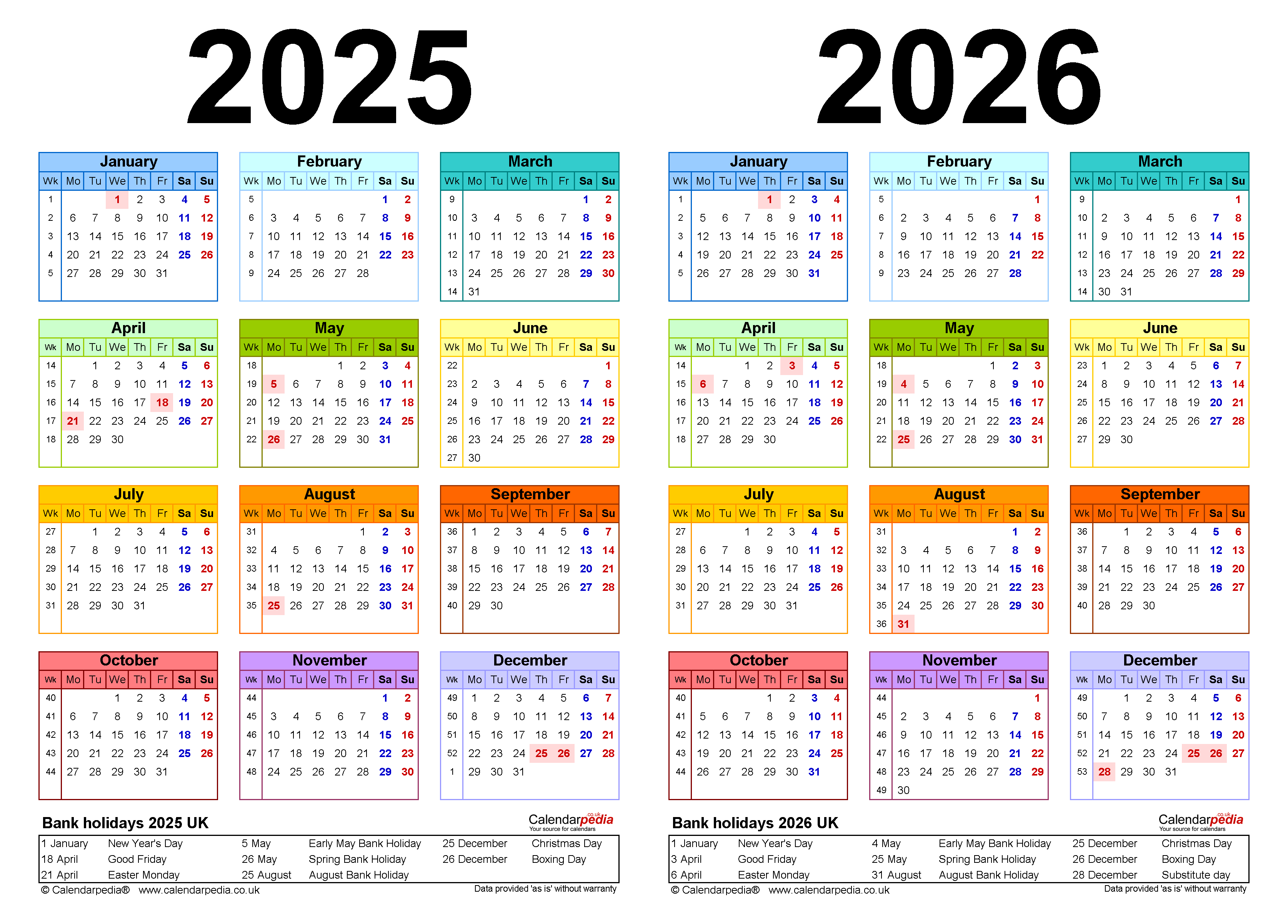
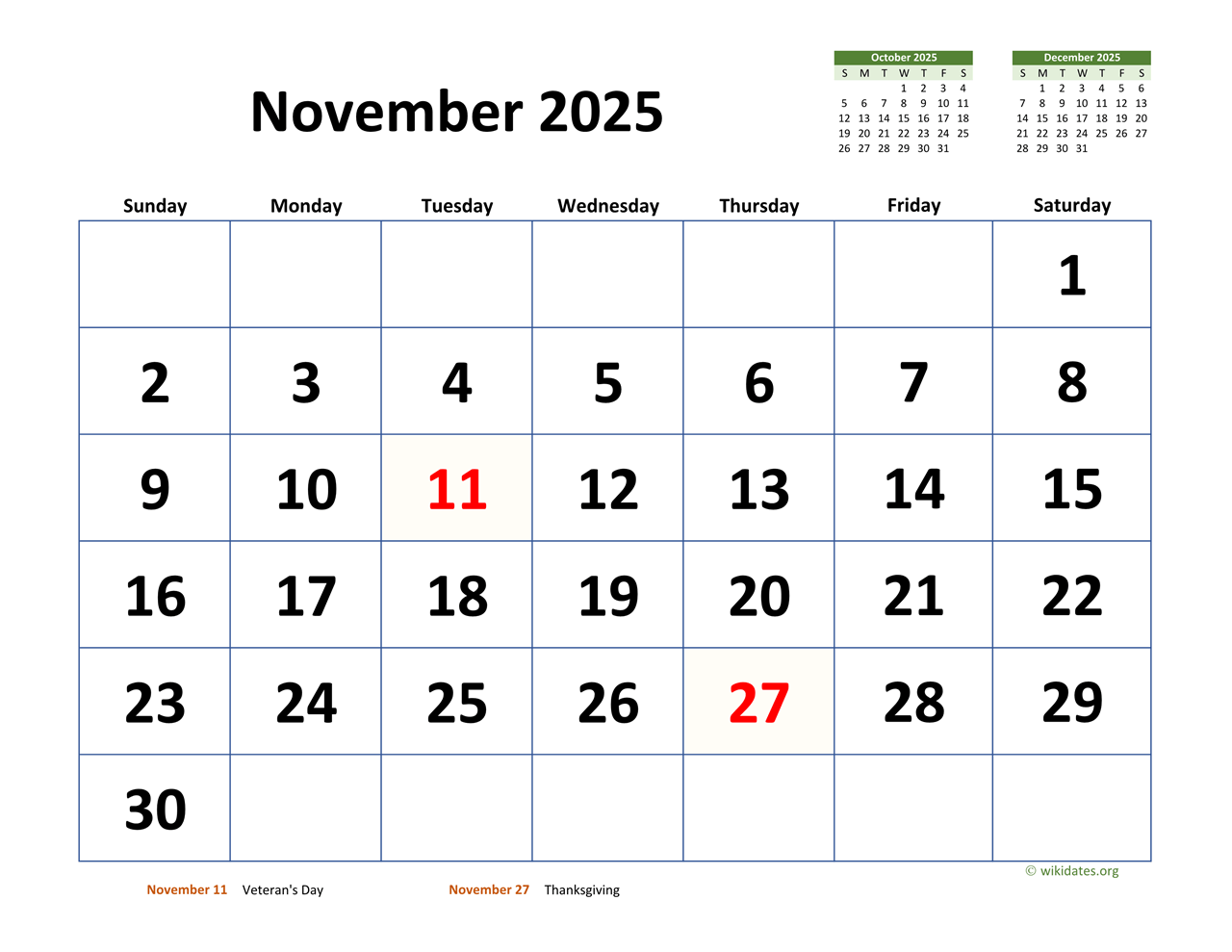

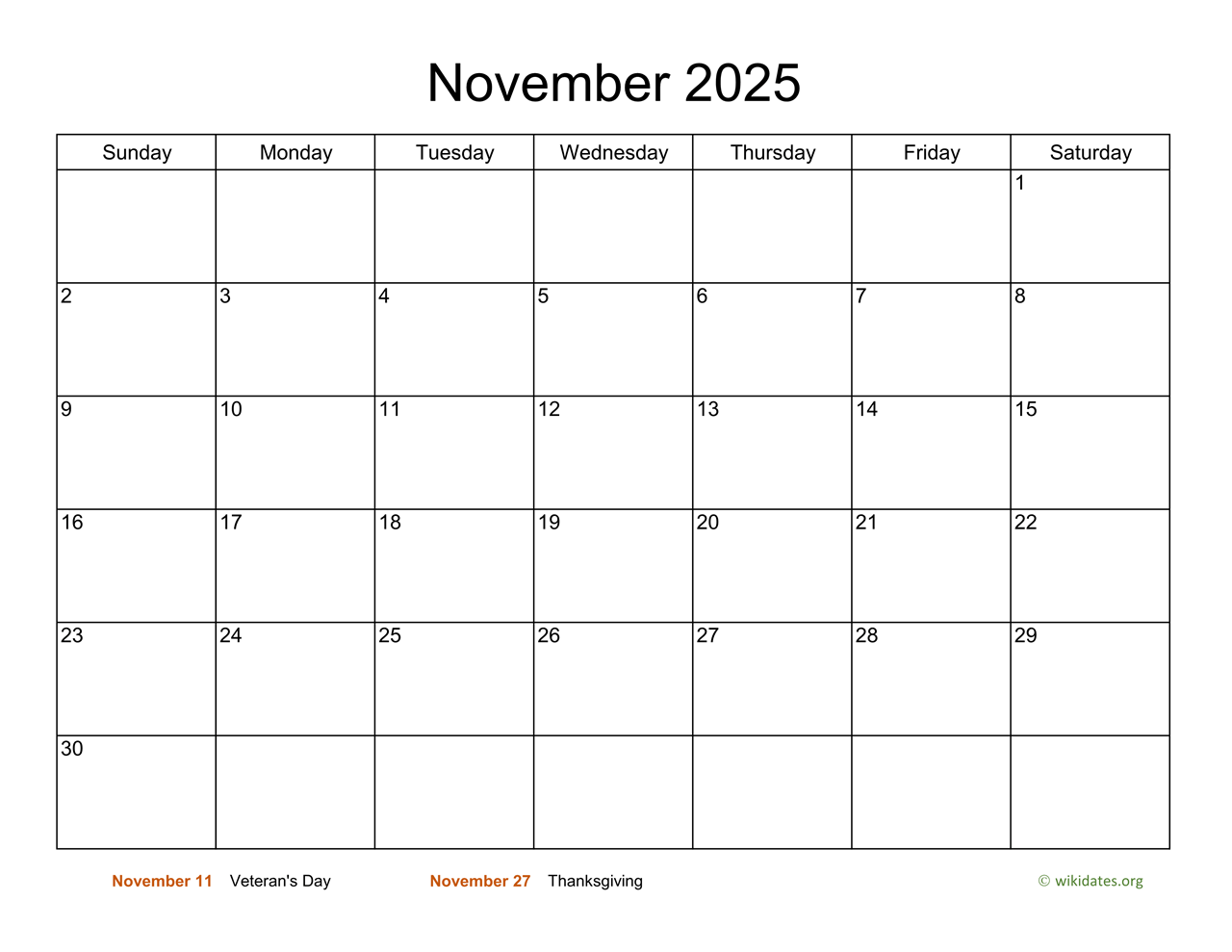
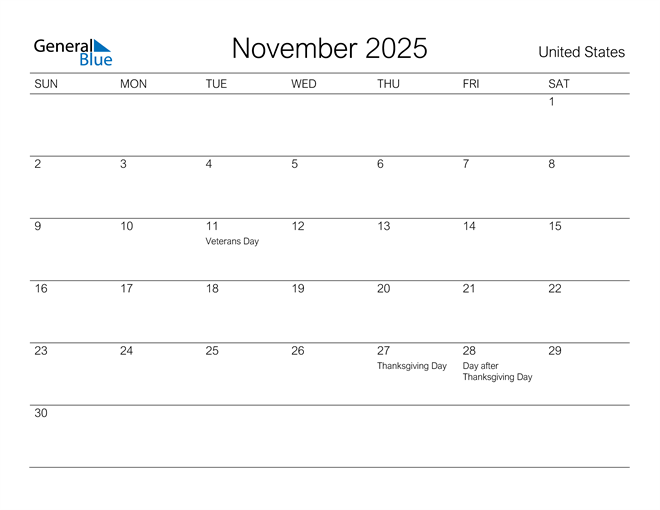
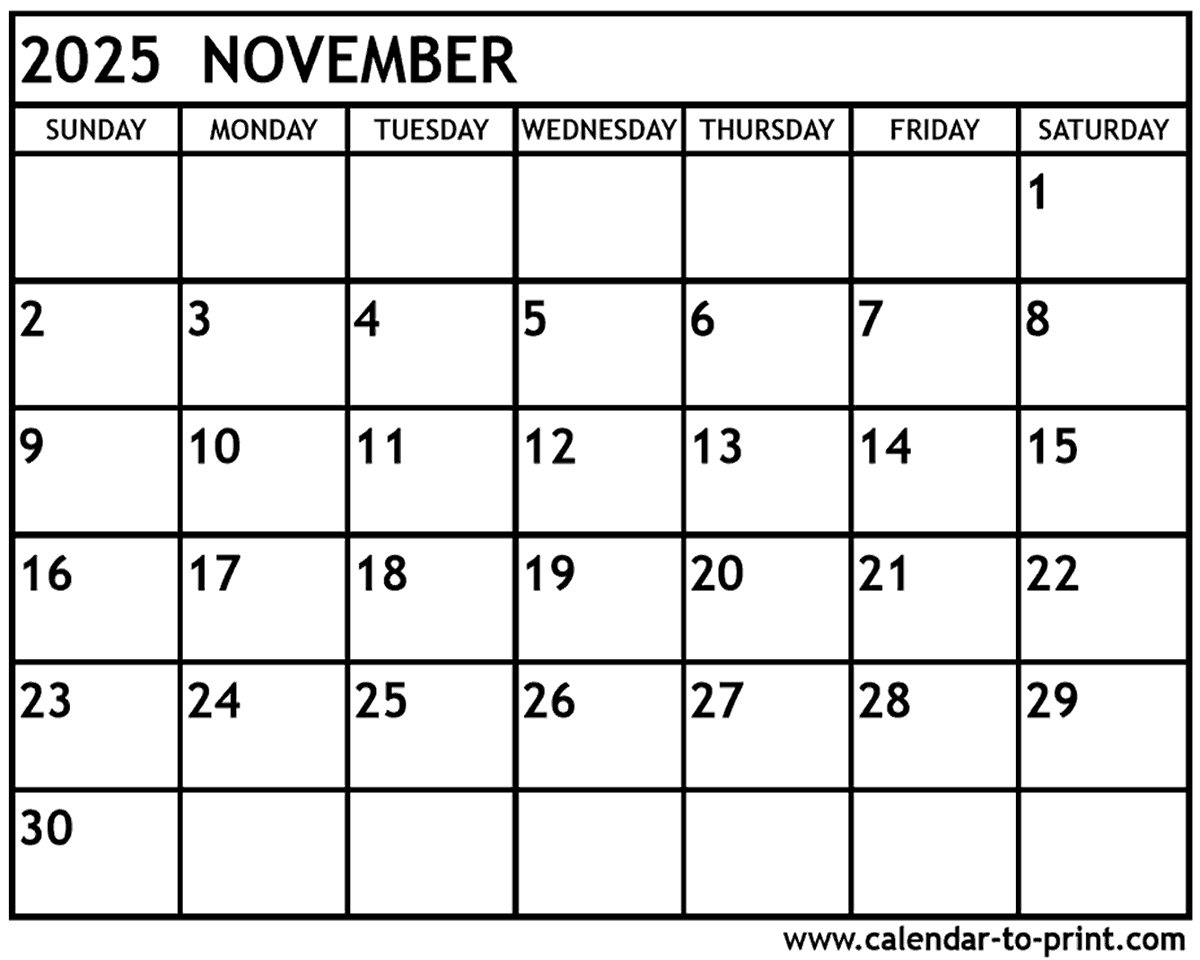

Closure
Thus, we hope this article has provided valuable insights into November 2025 – February 2026 Calendar: A Comprehensive Guide. We appreciate your attention to our article. See you in our next article!